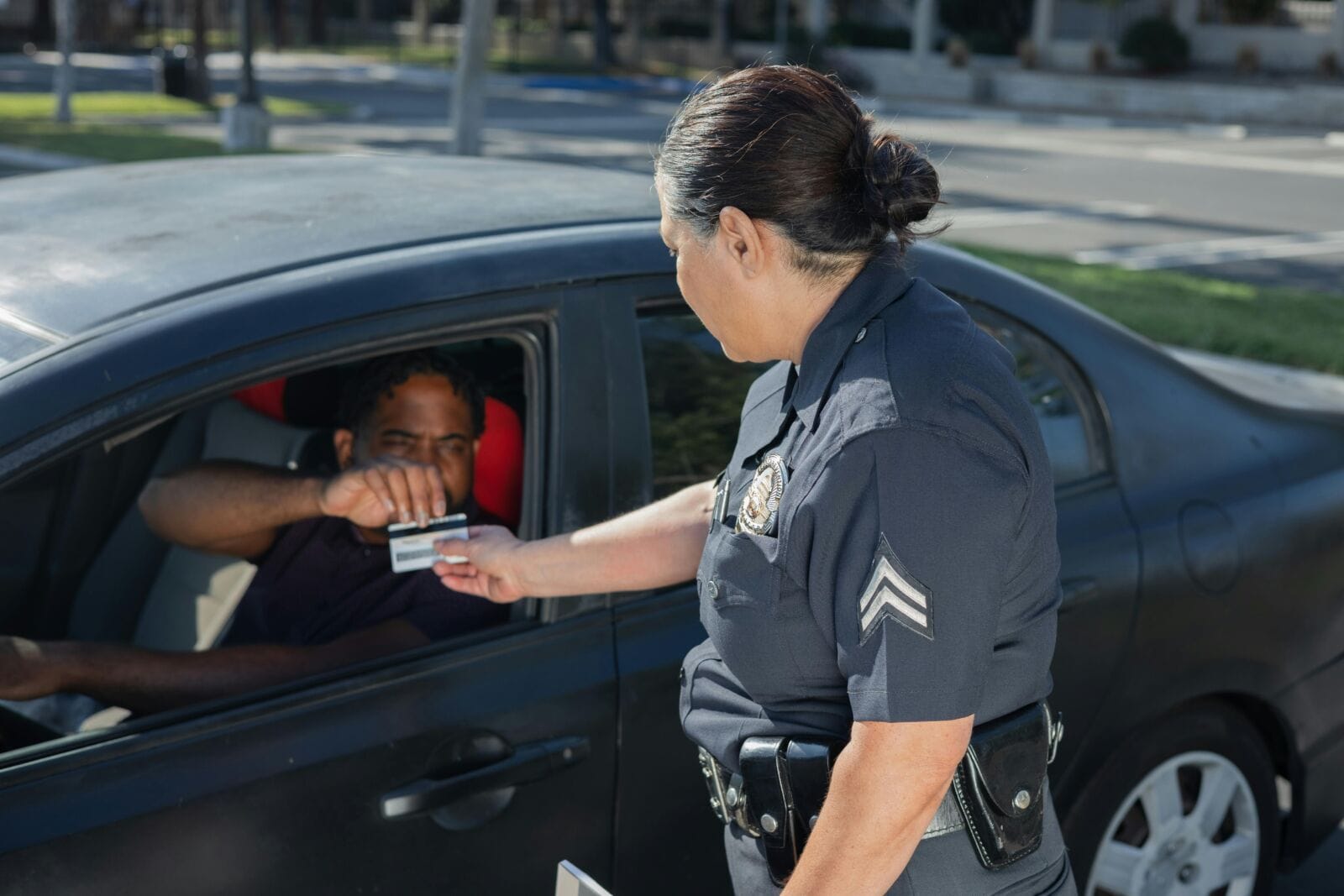When a driver’s license is revoked in New South Wales due to speeding offenses, it can lead to a whirlwind of disruption. The unexpected loss of mobility doesn’t just confine you geographically — it also impacts various aspects of life, from daily routines and professional responsibilities to social commitments. Understanding the steps involved in responding to this situation is crucial, though often overlooked. This comprehensive guide is designed to help you navigate the options and actions required.
LOCAL NEWS: 100 best places to work and live in Arizona for 2025
Understanding the Consequences of NSW Licensing Regulations
Under the regulations set out by the NSW licensing authority, all drivers are allocated a set number of demerit points. If these are exceeded due to traffic offences, an automatic licence suspension occurs. Full licence holders in NSW are allowed up to 13 demerit points over a three-year period. Once this threshold is surpassed, Roads and Maritime Services (RMS) initiates a suspension.
Suspensions follow a regulated process. After a speeding offence, drivers receive an infringement notice outlining the offence, accrued demerit points, and fine. If the accumulated points breach the limit, an official suspension notice follows. Typically, the suspension takes effect 28 days after the notice is issued, allowing time to make necessary preparations.
Beyond the inconvenience, a suspension can lead to serious financial consequences. Speeding fines vary depending on how far over the limit you were. Additionally, suspended licences often trigger higher insurance premiums, as insurers see this as indicative of risky driving behaviour.
Steps to Take After Licence Suspension
Once you receive a suspension notice, the first step is to verify its accuracy. Ensure the listed offences and demerit points reflect your record, and that the suspension duration aligns with NSW regulations. Any discrepancies should be addressed directly with the RMS.
Losing the convenience of driving requires swift logistical planning. Identify alternative transport options for commuting, school runs, and essential errands. Creating a checklist of alternatives, such as public transport routes, ride-shares, or carpooling, can be extremely helpful.
If your work involves driving, notify your employer promptly. Early transparency can help manage expectations and allow time to adjust duties. Some employers may offer flexibility with responsibilities or travel arrangements, depending on your role and their capacity.
For legal clarity, consider consulting a traffic lawyer who can guide you through the legal nuances, and, in some cases, identify valid grounds for appeal. It’s essential to speak to a traffic lawyer early in the process to understand your rights and explore the best course of action. Come prepared with complete and accurate details of your case to maximise the effectiveness of legal support.
Legal Measures and Appeals
A licence suspension in NSW doesn’t necessarily mean all hope is lost. In certain cases, appealing the suspension is possible, depending on factors such as the nature of the offence, your driving history, and the surrounding circumstances.
Appealing involves applying for a court hearing, where you can present your case. Outcomes can vary: the court may uphold, reduce, or overturn the suspension depending on the evidence and arguments provided.
To improve your chances, gather supporting documents, prepare a clear personal statement, and collect character references. A sincere account of the offence, along with proof of prior responsible behaviour, can strengthen your appeal. However, success is not guaranteed and depends heavily on the specifics of your situation.
Exploring Alternative Transport Options During Suspension
During the suspension period, finding reliable alternatives is essential. Fortunately, NSW has a robust public transport network — including buses, trains, and ferries — offering efficient travel for many daily needs.
For more flexible transport, consider carpooling or using ride-share services such as Uber. These are ideal for commuting or attending events and appointments. Planning your journeys using transport apps can help maintain your routine.
For shorter distances, walking or cycling can be practical options. They’re not only cost-effective and environmentally friendly but also beneficial for your health. If your workplace or key locations are nearby, these alternatives are well worth considering.
If your job permits, explore remote work arrangements. Many employers now support work-from-home options, which can ease the impact of a licence suspension and maintain productivity.
Preventing Licence Suspension: Tips and Strategies
As the saying goes, prevention is better than a cure. One of the best ways to avoid future suspensions is by engaging in driver education programs that reinforce responsible driving practices and awareness of road rules.
Utilising technology can also help — many mobile apps monitor speed and driving habits, providing real-time alerts to keep you within legal limits.
Maintaining a solid understanding of NSW road rules is another crucial deterrent. Staying informed about speed limits, road signage, and changes in legislation enables better decision-making behind the wheel.
Keep an eye on your demerit points by checking your record regularly. Being aware of your standing encourages more cautious behaviour, especially if points are beginning to add up.
Conclusion
Losing your licence due to speeding in NSW can have far-reaching consequences. However, with a proactive, informed approach, you can minimise the disruption and avoid future issues. From addressing a current suspension to appealing legally, planning alternate transport, and implementing preventative measures, each step outlined above is designed to help you navigate this situation with clarity and responsibility.
Remember, every time you drive, you’re not just responsible for your own safety, but also for that of your fellow road users. Practising safe, lawful driving benefits everyone — and ensures your ongoing mobility across the roads of NSW.




